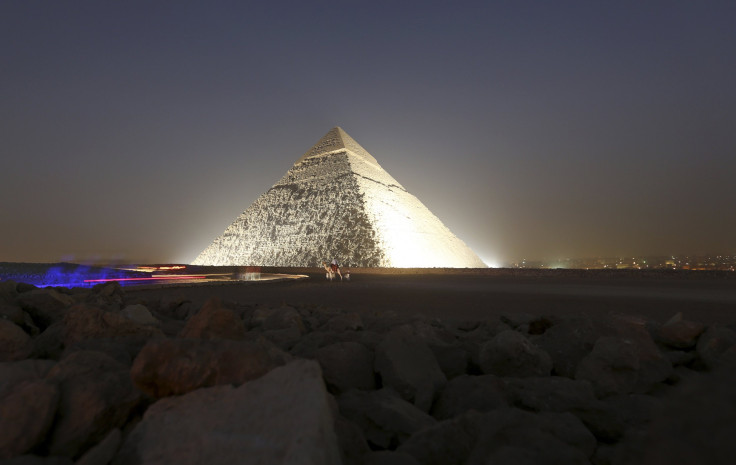Experts reveal the Great Pyramid of Giza’s serious structural flaw; Mystery remains as to how it was built

One of the Seven Wonders of the Ancient World, the Great Pyramid of Giza, has a serious structural flaw, engineer Glen Dash and his team has revealed. The gigantic structure, built some 4,500 years ago, has a slightly elongated west side compared to its east side. This means the base of the pyramid is not a perfect square as previously known.
It may be an incredible monument that has stood the test of time and has remained largely intact. However, the ancient wonder that is often hailed as a design marvel is slightly lopsided. The monument is off by 14.1 centimetres, which is enough to mess up the precise dimensions of the 455 feet tall pyramid.
It was definitely not an easy job for Dash and his team to examine and measure the lopsidedness of the monument. As the limestone casing has crumbled in parts, it was a tricky thing to measure the base properly. The pyramid as people see today is mostly devoid of its original shell. The casing stones were removed centuries ago.
However, the mystery behind the pyramid remains. Scientists are still uncertain as to how the monument was built in the first place and why the base ended up so wonky. Some experts are of the opinion that the lopsided Pyramid of Giza was built as a tomb for 10 to 20 years and it was once taller than what it is today. The pyramid was supposedly 481 feet tall during its more youthful days, and for 3,800 years, it remained the tallest structure in the world.
Parts of the triangular tomb eroded over time and eventually collapsed, leading to a 25 feet limestone casing dismantling in the millennia since it was built.
“We hope to eventually figure out how the Egyptians laid out the pyramid with such precision and, in doing so, hope to learn much about the tools and technology they had at their disposal,” Dash told The Sun.





















